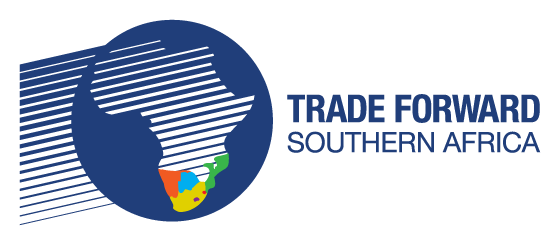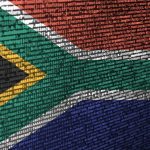Adapting your product, increasing production capacity to meet international demand and marketing for exports may require financial resources you do not have on hand. While a few companies have sufficient cash reserves to fund their international expansion, most exporters require some form of trade finance. As we discussed in our “an introduction to trade finance for African exporters” article, trade finance is the financial instruments and financial products utilised by exporters to facilitate international trade. This article will look at the differences between pre-shipment and post-shipment trade finance.

Pre-shipment Trade Finance explained
Pre-shipment trade finance is designed to assist exporters in the period between the date a contract is concluded with an overseas buyer and the date the goods are shipped. Where a service or project is concerned, pre-shipment trade finance covers the period from when the foreign customer and service provider conclude their contract to when the service is delivered or the project is completed. Thus, pre-shipment trade finance assists exporters with their working capital requirements before the exportation of the consignment. For example, exporters utilise pre-shipment trade finance to fund international marketing research, increase production capacity, and make the necessary product adaptations to meet the needs of the foreign market.
Post-shipment Finance explained
Post-shipment trade finance is designed to assist the exporter from when a consignment of goods is shipped under a contract until the date that the final payment is due. Where a service or project is concerned, post-shipment trade finance covers the period from when the service is delivered or the project completed to the date the final payment is due. Thus, post-shipment trade finance assists exporters with their working capital requirements between the period the goods are shipped, and payment is due. For example, suppose you agreed to generous credit terms, i.e., 90 or 180 days, to secure a lucrative deal. In that case, you could utilise post-shipment trade finance to mitigate the impact that awaiting payment may have on your business’s cash flow.

Access to trade finance is a prominent issue impacting the ability of African businesses to participate effectively in international trade. However, the first step in accessing trade finance is knowing what forms of trade finance are available and how they function. Thankfully, the TFSA School of Export has developed an online E-learning module that provides information on resolving potential cash flow problems and navigating trade finance. Through the online TFSA School of Export, we will introduce you to the various trade finance products that could be available. Click the link below and sign up for the free online module to better understand how you can finance your export initiative.
To sign up to the School of Export CLICK HERE.
If you already have a profile, CLICK HERE to login to begin the module.










Leave a Reply